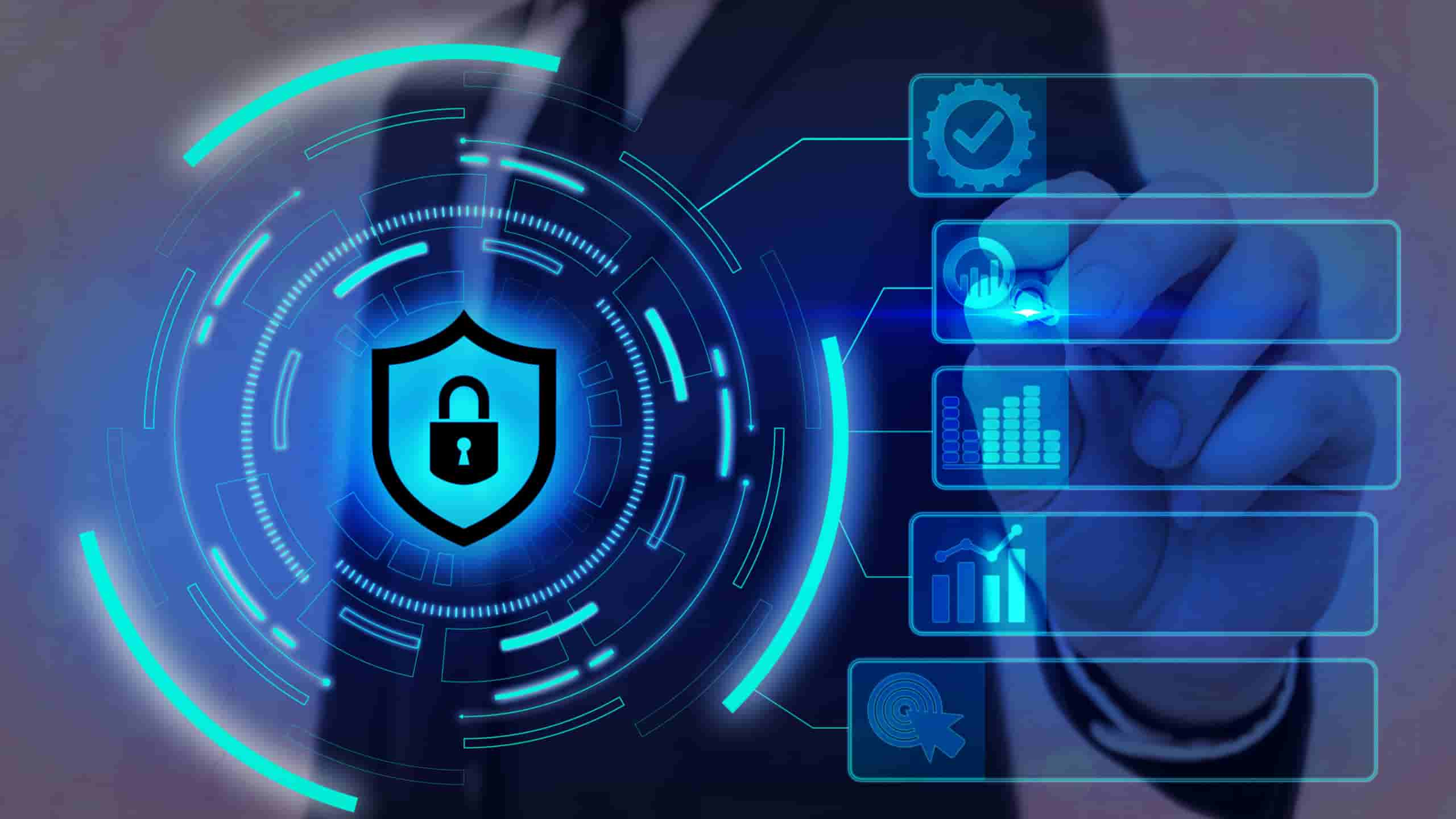

By investing time and resources into developing a comprehensive resource for users, you can significantly improve the efficiency of your support team while enhancing customer satisfaction levels. How to improve response times for IT support ticketsIn today's fast-paced world, efficient IT support is crucial for the smooth operation of businesses. One key aspect of providing excellent IT support is improving response times for support tickets. When employees encounter technical issues, they need timely assistance to minimize downtime and keep productivity high.
First and foremost, having a dedicated team of skilled IT professionals who are readily available to address issues is essential. By having a team that is well-trained and knowledgeable in various technologies, they can quickly troubleshoot problems and provide solutions in a timely manner. Another important factor in improving response times is implementing an effective ticketing system.
This system should allow users to easily submit their requests and enable IT staff to prioritize and track each ticket efficiently. By streamlining the ticketing process, issues can be addressed promptly and without any confusion. Regular monitoring and analysis of ticket data can also help identify common trends or recurring issues that may be causing delays in response times. By addressing these underlying problems, IT teams can work towards preventing future occurrences and providing faster resolutions to users. Additionally, implementing self-service options such as knowledge bases or FAQs can empower users to troubleshoot common issues on their own before reaching out for support. This not only reduces the volume of incoming tickets but also allows IT staff to focus on more complex problems that require immediate attention.
Providing regular updates on the status of tickets and setting realistic expectations regarding resolution times can help manage user frustrations and build trust in the support process. In conclusion, by investing in skilled personnel, efficient systems, proactive monitoring, self-service options, and clear communication channels, businesses can greatly improve response times for IT support tickets. This not only enhances user satisfaction but also contributes to overall productivity and success within an organization. How to train employees on basic IT troubleshooting techniquesTraining employees on basic IT troubleshooting techniques is a crucial aspect of ensuring smooth operations within any organization. In today's digital age, technology plays a vital role in the day-to-day functions of businesses, and having employees who are equipped with the necessary skills to troubleshoot common IT issues can be invaluable.
One key aspect of successful training is to make sure that the content is tailored to the specific needs and skill levels of the employees being trained. This means taking into account factors such as their prior experience with technology and their comfort level with using various devices and software. Another important consideration when training employees on IT troubleshooting techniques is to provide them with hands-on practice opportunities. Theory can only take an individual so far; practical experience is essential for truly grasping how to troubleshoot common IT issues effectively. By providing employees with real-world scenarios to work through, they can develop their problem-solving skills and gain confidence in their ability to handle technical challenges.
Additionally, incorporating interactive elements into the training process can help keep employees engaged and motivated. This could include group discussions, role-playing exercises, or even gamified learning modules that make the training sessions more enjoyable and memorable. It is also essential to ensure that employees have access to ongoing support resources after completing their initial training. Technology is constantly evolving, and new issues may arise that require additional knowledge or skills. Providing access to resources such as online tutorials, forums, or help desks can empower employees to continue expanding their IT troubleshooting abilities over time. In conclusion, training employees on basic IT troubleshooting techniques requires a thoughtful approach that takes into account their individual needs and learning styles.
This investment in employee training can ultimately lead to increased productivity, efficiency, and job satisfaction within the workplace. How to conduct regular maintenance checks on company devices for optimal performanceRegular maintenance checks on company devices are crucial for ensuring optimal performance and preventing costly downtime. By incorporating a consistent schedule of maintenance into your routine, you can extend the life of your equipment and maximize its efficiency. To conduct regular maintenance checks on company devices, start by creating a checklist that outlines the specific tasks to be performed. This could include cleaning components, checking for software updates, testing functionality, and inspecting for any signs of wear or damage.
This may involve using specific tools or techniques to safely clean sensitive components or performing diagnostic tests to identify potential issues before they escalate. In addition to physical maintenance, it's also crucial to regularly update software and firmware on your devices. Software updates often contain patches for security vulnerabilities or performance enhancements that can improve the overall function of your equipment. By staying current with these updates, you can protect your devices from cyber threats and keep them running smoothly. By incorporating regular maintenance checks into your company's operational routine, you can proactively address potential issues before they become major problems.
Overall, investing time and resources into maintaining company devices is essential for optimizing performance and prolonging their lifespan. By following a consistent schedule of maintenance checks and staying proactive in addressing any issues that arise, you can keep your equipment running smoothly and efficiently while minimizing disruptions to workflow. How to establish remote IT support services for offsite workersWith the rise of remote work in recent years, establishing IT support services for offsite workers has become more important than ever. Providing remote IT support ensures that employees have access to the necessary tools and resources to effectively do their jobs from any location. There are several key steps to consider when setting up remote IT support services for offsite workers.

First and foremost, it is crucial to establish clear communication channels between the IT team and remote employees. This may include setting up a dedicated helpdesk system, utilizing instant messaging platforms, or scheduling regular virtual meetings to address any technical issues that may arise. In addition to communication, it is also important to provide remote workers with access to the necessary software and hardware tools they need to perform their job tasks efficiently. This may include providing VPN access, cloud storage solutions, or ensuring that remote employees have adequate internet connectivity.
This may involve implementing multi-factor authentication, encryption protocols, or regularly updating security patches on all devices used by remote workers. Finally, it is important to continuously evaluate and improve upon the remote IT support services provided to offsite workers. This may involve gathering feedback from employees on their experiences with the current system and making adjustments as needed to ensure that they have everything they need to be successful in their roles.
By prioritizing these key areas, organizations can ensure that their remote workforce remains productive and supported regardless of their physical location. How to implement security protocols in IT support systemsImplementing security protocols in IT support systems is a critical aspect of ensuring the safety and integrity of sensitive data and information. With cyber threats becoming increasingly sophisticated, it is more important than ever for organizations to have robust security measures in place to protect their systems from potential breaches.
There are several key steps that can be taken to implement security protocols in IT support systems effectively. Firstly, it is essential to conduct a thorough risk assessment to identify potential vulnerabilities and determine the level of security required for your organization. This will help you prioritize areas that need immediate attention and allocate resources accordingly. Once the risks have been identified, it is important to establish clear security policies and procedures that outline how employees should handle sensitive information and access company systems. Training programs should be implemented to ensure that all staff members are aware of these policies and understand their role in maintaining system security. In addition to training, implementing strong authentication measures such as multi-factor authentication can help prevent unauthorized access to your systems.
Regularly updating software and patching known vulnerabilities is also crucial in maintaining system security. Hackers often exploit outdated software to gain access to systems, so staying up-to-date with the latest security patches is essential for protecting your organization against potential threats. Furthermore, implementing encryption techniques such as SSL/TLS protocols can help secure data transmissions between servers and clients, preventing interception by malicious actors. Overall, implementing security protocols in IT support systems requires a comprehensive approach that involves assessing risks, establishing policies and procedures, providing training for staff members, implementing authentication measures, updating software regularly, and using encryption techniques. By taking these steps proactively, organizations can reduce the risk of cyber attacks and safeguard their valuable data effectively.

How to prioritize and manage multiple IT support requests efficientlyAs an IT professional, one of the biggest challenges you may face is managing multiple support requests efficiently. With a constant stream of tickets coming in from different departments and users, it can be overwhelming to prioritize and address each issue in a timely manner. To effectively manage multiple IT support requests, it is important to first establish a system for prioritizing tasks. This can be done by categorizing tickets based on urgency and impact on business operations. For example, critical issues that affect multiple users or systems should be addressed immediately, while minor issues that only impact individual users can be handled at a later time. Once you have established a prioritization system, it is crucial to communicate with your team members and set clear expectations for response times.
In addition to setting priorities and communicating effectively with your team, it is also important to leverage technology to streamline the support process. Implementing a ticketing system or help desk software can help you track incoming requests, assign tasks to team members, and monitor progress towards resolution. Furthermore, automation tools such as chatbots or self-service portals can help reduce the number of repetitive tasks and free up your team members to focus on more complex issues. By automating routine tasks such as password resets or software installations, you can increase efficiency and improve the overall customer experience. In conclusion, managing multiple IT support requests efficiently requires careful planning, effective communication, and the right technology tools.
Common IT support issues and how to troubleshoot themIT support issues are a common frustration that many of us encounter in our daily lives. Whether it’s a slow internet connection, a malfunctioning printer, or an error message on your computer screen, these issues can disrupt our workflow and cause unnecessary stress. One of the most common IT support issues is slow internet connection. If you’re experiencing slow speeds, try restarting your router and modem. This simple step can often resolve the issue by refreshing the connection.
You can also check for any obstructions that may be blocking the signal between your device and the router. Another frequent problem is a malfunctioning printer. If your printer is not working properly, start by checking the paper tray to ensure it’s loaded correctly. You should also check for any paper jams or low ink levels. If these basic troubleshooting steps don’t solve the issue, you may need to update the printer drivers or contact technical support for further assistance. Error messages on your computer screen can be frustrating and confusing.
This information can help you identify the root cause of the issue and find a solution online. In some cases, simply restarting your computer can clear up temporary glitches and resolve the error message. For more complex IT support issues, it’s always best to seek help from a professional technician. They have the expertise and tools needed to diagnose and fix more advanced problems with your devices and systems. Remember to provide as much detail as possible when describing the issue so they can quickly pinpoint the source of the problem.
By following these simple troubleshooting tips and seeking help when needed, you can quickly resolve common IT problems and get back to being productive in no time. The importance of cybersecurity in IT supportIn today's digital age, cybersecurity plays a crucial role in the world of IT support. With the increasing reliance on technology for everyday tasks and communication, the need to protect sensitive information from cyber threats has never been more important. Cybersecurity in IT support is essential for safeguarding data and ensuring that systems are secure from potential hackers and malicious software. In a world where cyber attacks are becoming more sophisticated and prevalent, having robust security measures in place is paramount for protecting valuable assets and maintaining trust with clients and customers.
A breach not only exposes sensitive information but also damages reputation and can lead to financial losses. By implementing strong cybersecurity measures, organizations can reduce the risk of falling victim to cyber attacks and protect their most valuable assets. Furthermore, cybersecurity in IT support is essential for ensuring compliance with regulations and industry standards. Many industries have strict guidelines regarding data protection and privacy, such as GDPR or HIPAA. Failing to comply with these regulations can result in severe penalties and legal consequences.

A slow computer can be due to various reasons, including insufficient RAM, too many background programs, malware, or a fragmented hard drive.
IT support refers to services that assist with the maintenance, installation, and troubleshooting of technology-related issues, including hardware, software, and network systems.
If you suspect a virus, disconnect from the internet, run a full antivirus scan, and contact IT support for further assistance.